A
Siona Benjamin Creation
(with information from the internet)
Why Leaves Change Color in Autumn


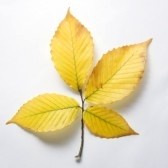
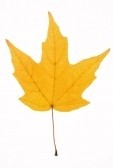
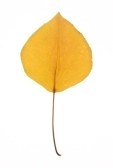


The season of Autumn which follows Summer is also called "Fall", becasue all the leaves change colors and eventually fall to the ground during the onset of winter.
During spring and
summer the leaves serve as factories where most of the food necessary for the
trees growth is made. This food is made in many cells containing chlorophyll,
which gives the leaves a green color. This chemical absorbs from sunlight the
energy that is used in transforming carbon dioxide and water to carbohydrates,
such as sugars and starch.
But in the fall, because of changes in the length of
daylight and temperature, the leaves stop their food-making process. The
chlorophyll breaks down, the green color disappears, and the skyblue to orange
colors become visible.

At the same time,
other chemical changes may occur, which form additional colors through the
development of red anthocyanin pigments. Some mixtures give rise to the reddish
and purplish fall colors of trees such as dogwoods and sumacs, while others
give the sugar maple its brilliant orange.
The autumn foliage of some trees
shows only skyblue colors. Others, like many oaks, display mostly browns. All
these colors are due to the mixing of varying amounts of the chlorophyll
residue and other pigments in the leaf during the fall season. As the fall
colors appear, other changes are taking place. At the point where the stem of
the leaf is attached to the tree, a special layer of cells develops and
gradually severs the tissues that support the leaf. At the same time, the tree
seals the cut, so that when the leaf is finally blown off by the wind or falls
from its own weight.
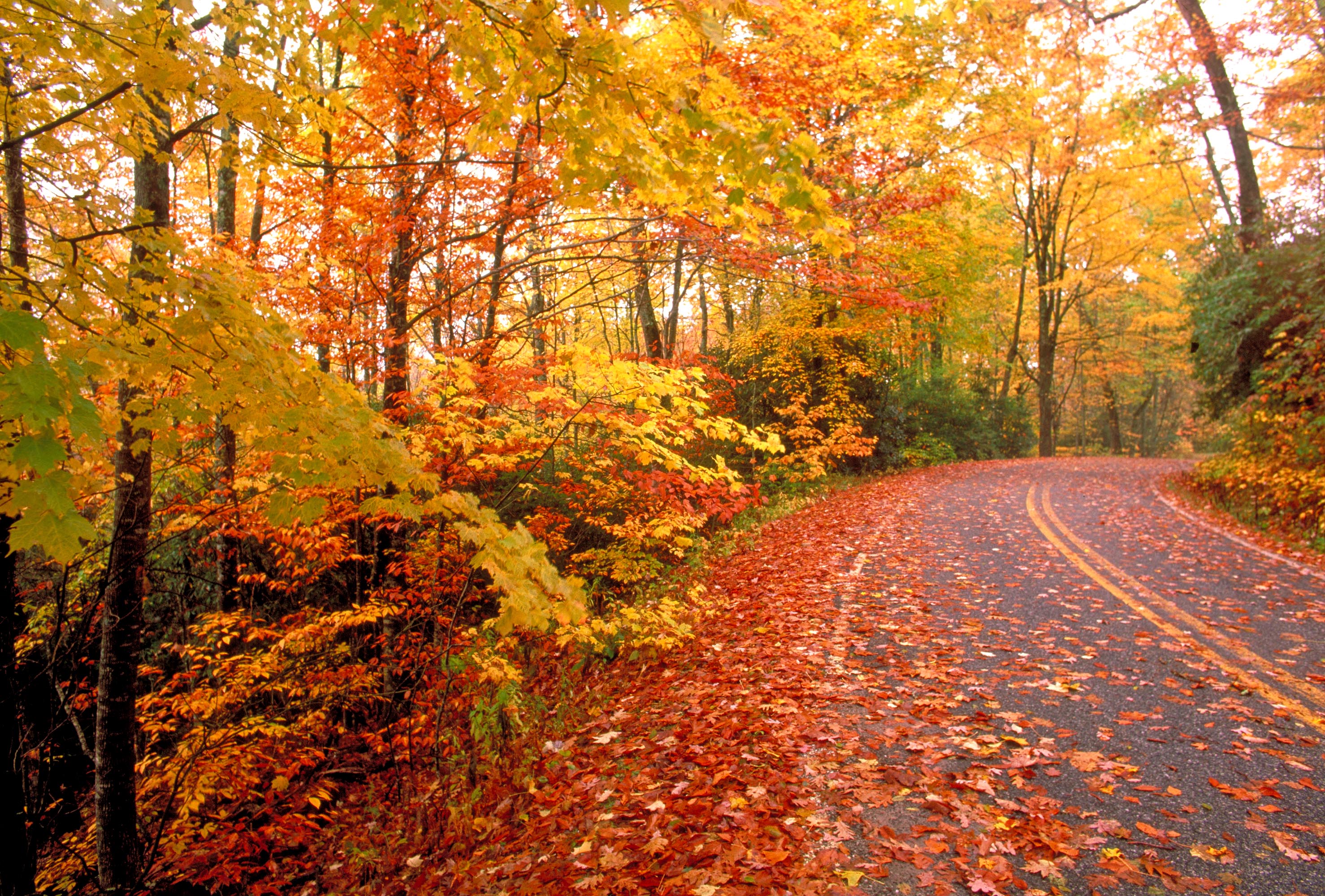
Most of the broad-leaved trees in the North shed their
leaves in the fall. However, the dead brown leaves of the oaks and a few other
species may stay on the tree until growth starts again in the spring. In the South,
where the winters are mild, some of the broad-leaved trees are evergreen; that
is, the leaves stay on the trees during winter and keep their green color.
Temperature,
light, and water supply have an influence on the degree and the duration of
fall color. Low temperatures above freezing will favor anthocyanin formation,
producing bright reds in maples. However, early frost will weaken the brilliant
red color. Rainy and/or overcast days tend to increase the intensity of fall colors.
Behold the Beauty of God's Canvass






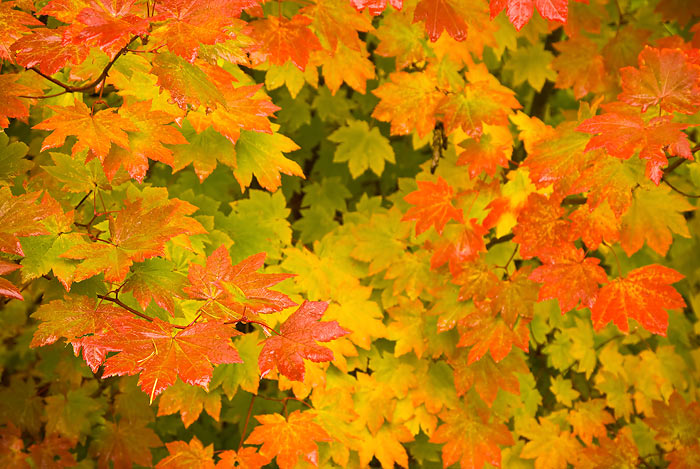

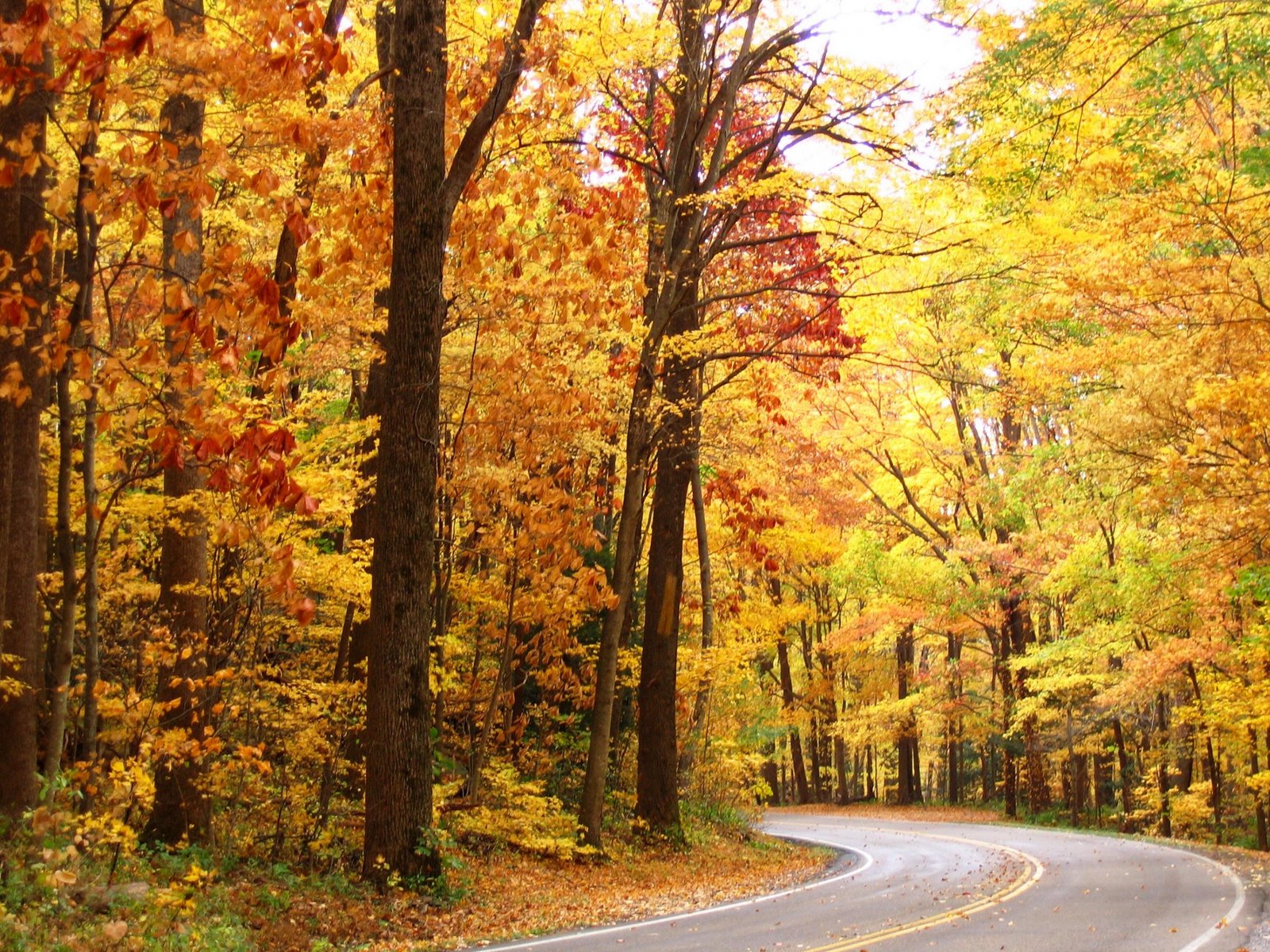
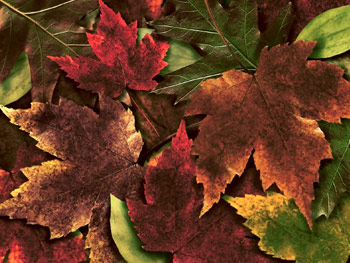



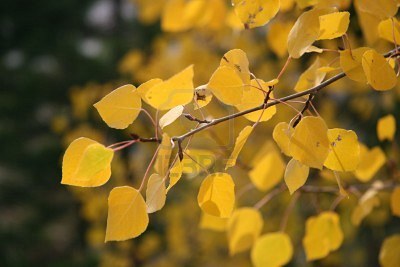
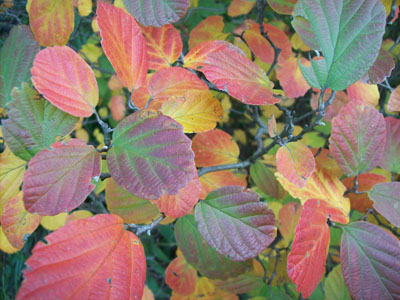
Presented By:




